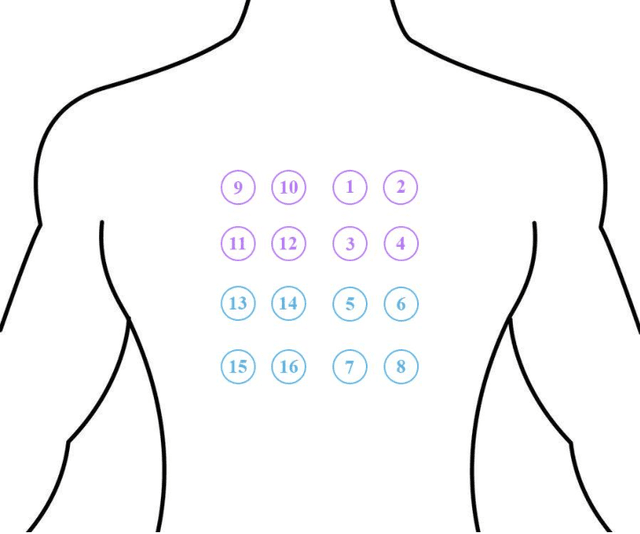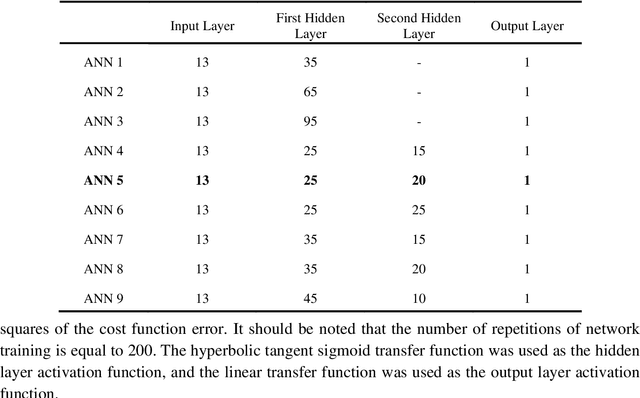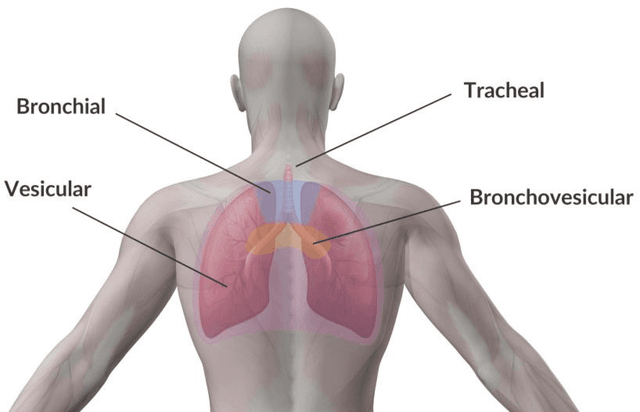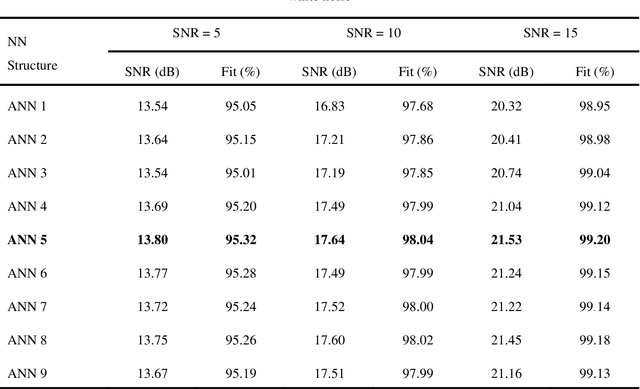Mansour Vali
Enhancing Mortality Prediction in Heart Failure Patients: Exploring Preprocessing Methods for Imbalanced Clinical Datasets
Sep 30, 2023Abstract:Heart failure (HF) is a critical condition in which the accurate prediction of mortality plays a vital role in guiding patient management decisions. However, clinical datasets used for mortality prediction in HF often suffer from an imbalanced distribution of classes, posing significant challenges. In this paper, we explore preprocessing methods for enhancing one-month mortality prediction in HF patients. We present a comprehensive preprocessing framework including scaling, outliers processing and resampling as key techniques. We also employed an aware encoding approach to effectively handle missing values in clinical datasets. Our study utilizes a comprehensive dataset from the Persian Registry Of cardio Vascular disease (PROVE) with a significant class imbalance. By leveraging appropriate preprocessing techniques and Machine Learning (ML) algorithms, we aim to improve mortality prediction performance for HF patients. The results reveal an average enhancement of approximately 3.6% in F1 score and 2.7% in MCC for tree-based models, specifically Random Forest (RF) and XGBoost (XGB). This demonstrates the efficiency of our preprocessing approach in effectively handling Imbalanced Clinical Datasets (ICD). Our findings hold promise in guiding healthcare professionals to make informed decisions and improve patient outcomes in HF management.
Survival Prediction from Imbalance colorectal cancer dataset using hybrid sampling methods and tree-based classifiers
Sep 04, 2023



Abstract:Background and Objective: Colorectal cancer is a high mortality cancer. Clinical data analysis plays a crucial role in predicting the survival of colorectal cancer patients, enabling clinicians to make informed treatment decisions. However, utilizing clinical data can be challenging, especially when dealing with imbalanced outcomes. This paper focuses on developing algorithms to predict 1-, 3-, and 5-year survival of colorectal cancer patients using clinical datasets, with particular emphasis on the highly imbalanced 1-year survival prediction task. To address this issue, we propose a method that creates a pipeline of some of standard balancing techniques to increase the true positive rate. Evaluation is conducted on a colorectal cancer dataset from the SEER database. Methods: The pre-processing step consists of removing records with missing values and merging categories. The minority class of 1-year and 3-year survival tasks consists of 10% and 20% of the data, respectively. Edited Nearest Neighbor, Repeated edited nearest neighbor (RENN), Synthetic Minority Over-sampling Techniques (SMOTE), and pipelines of SMOTE and RENN approaches were used and compared for balancing the data with tree-based classifiers. Decision Trees, Random Forest, Extra Tree, eXtreme Gradient Boosting, and Light Gradient Boosting (LGBM) are used in this article. Method. Results: The performance evaluation utilizes a 5-fold cross-validation approach. In the case of highly imbalanced datasets (1-year), our proposed method with LGBM outperforms other sampling methods with the sensitivity of 72.30%. For the task of imbalance (3-year survival), the combination of RENN and LGBM achieves a sensitivity of 80.81%, indicating that our proposed method works best for highly imbalanced datasets. Conclusions: Our proposed method significantly improves mortality prediction for the minority class of colorectal cancer patients.
A Combined Model for Noise Reduction of Lung Sound Signals Based on Empirical Mode Decomposition and Artificial Neural Network
Sep 20, 2022



Abstract:Computer analysis of Lung Sound (LS) signals has been proposed in recent years as a tool to analyze the lungs' status but there have always been main challenges, including the contamination of LS with environmental noises, which come from different sources of unlike intensities. One of the common methods in noise reduction of LS signals is based on thresholding on Discrete Wavelet Transform (DWT) coefficients or Empirical Mode Decomposition (EMD) of the signal, however, in these methods, it is necessary to calculate the SNR value to determine the appropriate threshold for noise removal. To solve this problem, a combined model based on EMD and Artificial Neural Network (ANN) trained with different SNRs (0, 5, 10, 15, and 20dB) is proposed in this research. The model can denoise white and pink noises in the range of -2 to 20dB without thresholding or even estimating SNR, and at the same time, keep the main content of the LS signal well. The proposed method is also compared with the EMD-custom method, and the results obtained from the SNR, and fit criteria indicate the absolute superiority of the proposed method. For example, at SNR = 0dB, the combined method can improve the SNR by 9.41 and 8.23dB for white and pink noises, respectively, while the corresponding values are respectively 5.89 and 4.31dB for the EMD-Custom method.
 Add to Chrome
Add to Chrome Add to Firefox
Add to Firefox Add to Edge
Add to Edge